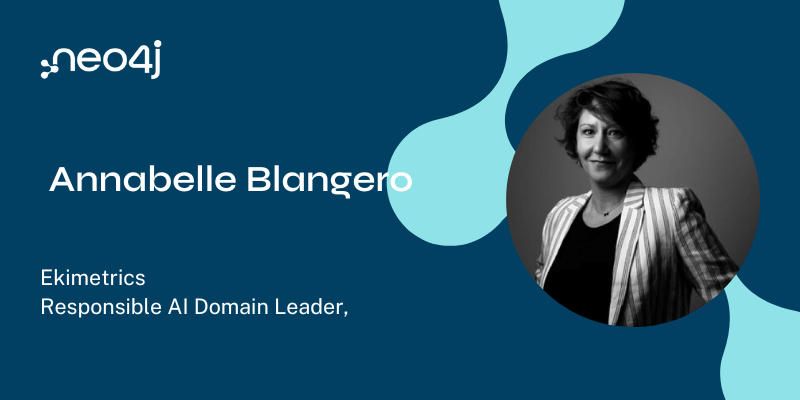This Week in Neo4j – NODES 2019 Preview: Modeling, Network analysis of Prisoners of Zenda, Building a Questionnaire with Neo4j

Developer Relations Engineer
3 min read
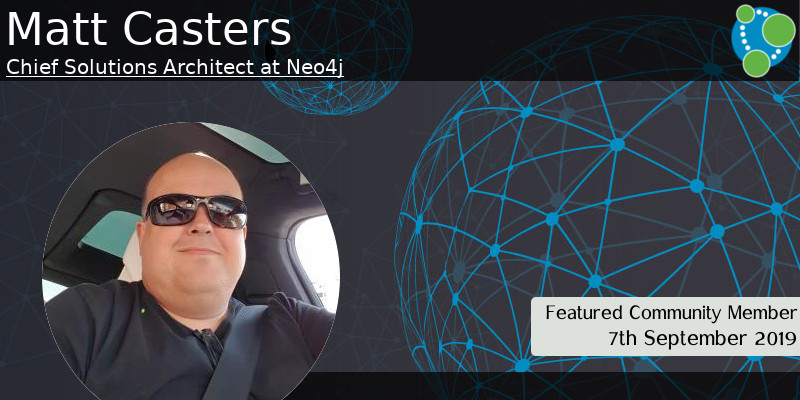
Hello everybody!
I’m back after a few weeks off. Thanks to Jennifer and Will for writing TWIN4j in my absence, I enjoyed reading their take on the week’s graph related news.
This week we preview the modeling talks at the NODES 2019 conference and we have network analysis of the Prisoners of Zenda book.
We learn how to build a questionnaire with Neo4j, there’s a video introducing Spring Data Neo4j RX, and a new release of the Neo4j for Kettle plugin.
Enjoy!
Cheers,
Mark Needham and the Developer Relations team
Featured Community Member: Matt Casters
Our featured community member this week is Matt Casters, Chief Solutions Architect at Neo4j.

Matt Casters – This Week’s Featured Community Member
Matt has been part of the Neo4j community for 18 months, focusing mostly on a tighter integration between Neo4j and the Kettle data integration tool.
He presented Integrating Relational, Big Data, and other Sources into Neo4j using Kettle at GraphConnect 2018, and regularly blogs about his work on his personal blog, and on the Neo4j Developer blog.
On behalf of the Neo4j community, thanks for all your work simplifying data import Matt!
NODES 2019 Preview: Modeling
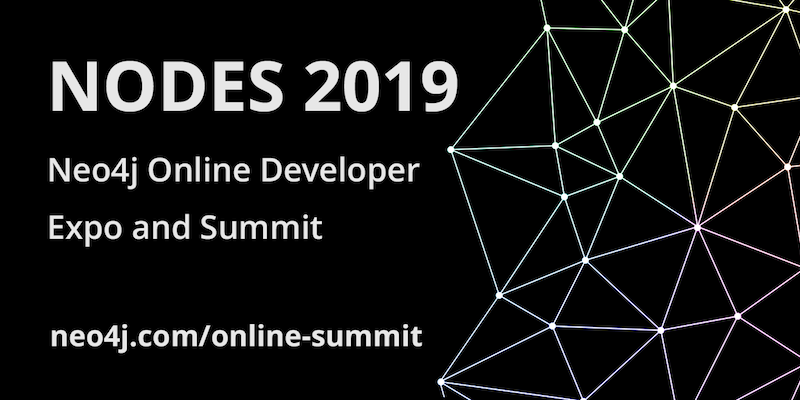
With just 5 weeks to go until the first Neo4j Online Developer Summit, it’s time to preview the finalised schedule.
One of the biggest challenges for both new and seasoned users of graphs is coming up with a good graph model. The full list of talks on this topic is available by searching for the modeling tag, but here’s a preview of what’s on offer.
Beginner
In It Depends (and why it’s the most frequent answer to modelling questions), Luanne Misquitta, VP of Engineering at GraphAware, will show how our use case should guide the model we come up with.
Intermediate
Max De Marzi, one of the best graph modelers in the business, will share his 7 years of experience helping Neo4j customers in his talk Graph Data Modeling Tips & Tricks.
Advanced
Axel Morgner, Managing Director of Structr GmbH, will do a deep dive into Structr, the graph application platform.
Network analysis of Prisoners of Zenda book with Spacy and Neo4j

Tomaz Bratanic combines natural language processing, graph algorithms, and graph visualisation techniques to make sense of the Prisoner of Zenda, an adventure novel written in the 19th century.
Tomaz also shared a Jupyter Notebook containing all the code used in the blog post.
Building a Questionnaire with Neo4j — part 1/3: One simple question
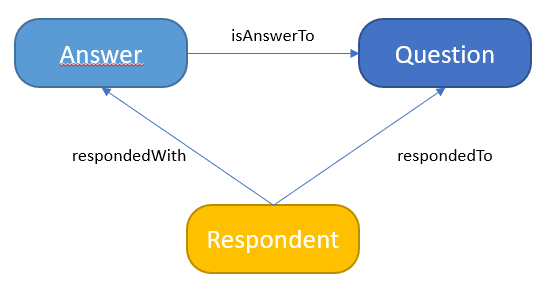
Stefan Dreverman has started a series of blog posts showing how to use Neo4j to build a questionnaire.
In the first post we start with a single question that has multiple choices. Stefan shows how to create a graph model, import sample data, and then query it across different dimensions.
Spring Data Neo4j RX introduction, Nested Path Comprehensions, An Introduction to Neo4j
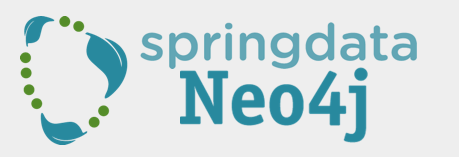
- Gerrit Meier published a video showing how to create a sample application using the upcoming Spring Data Neo4j RX. You can find the project in the neo4j/sdn-rx GitHub repository.
- I wrote a couple of blog posts exploring Cypher’s nested path comprehensions, and contrasting them to the OPTIONAL MATCH clause.
- The video from Stephan Pirnbaum‘s An Introduction to Neo4j talk at Neos Con 2019 is now available.
- Amy Hodler and I wrote a blog post for the O’Reilly Ideas blog, titled How graph algorithms improve machine learning.
Better Neo4j plugins for Kettle

Last week Matt Casters released version 4.1.0 of the Neo4j plugins for Kettle. This release contains performance improvements for the Neo4j Output step, data conversion improvements in the Neo4j Cypher step, as well as bug fixes.
Tweet of the Week
My favourite tweet this week was by Ted Han:
I ran down to the grocery store in my neo4j shirt and had someone stop me to ask if I worked there and to chat about graphs on Sunday
— Ted Han ★ (@knowtheory) September 5, 2019








